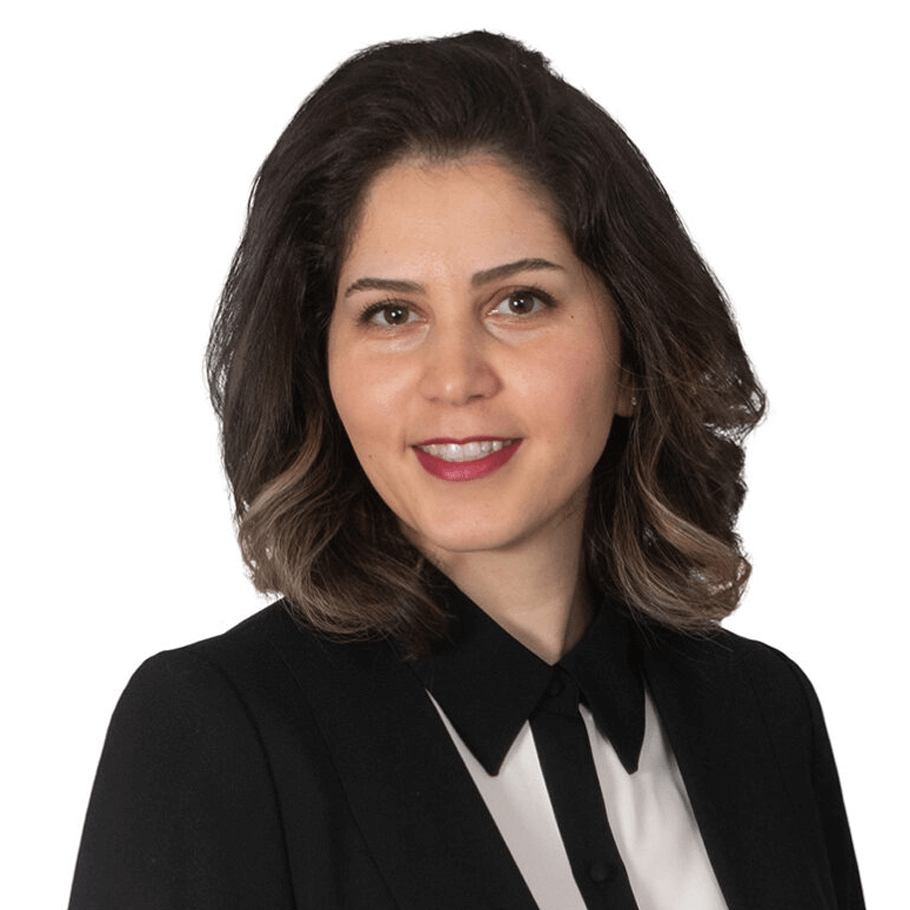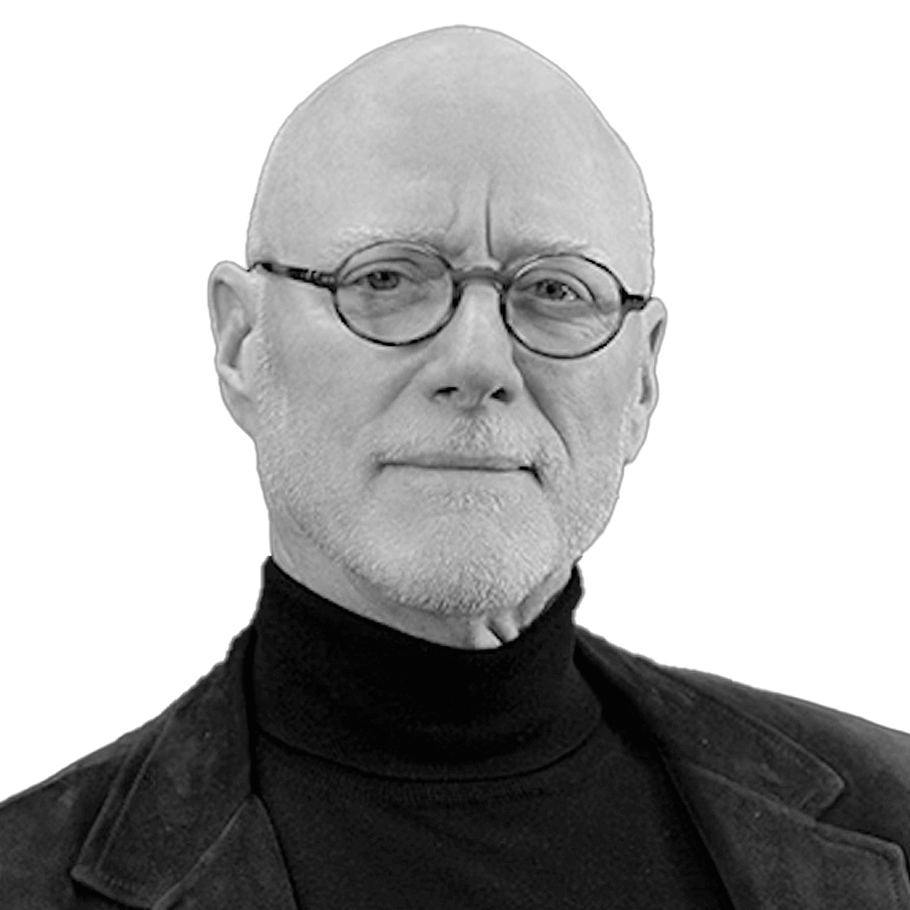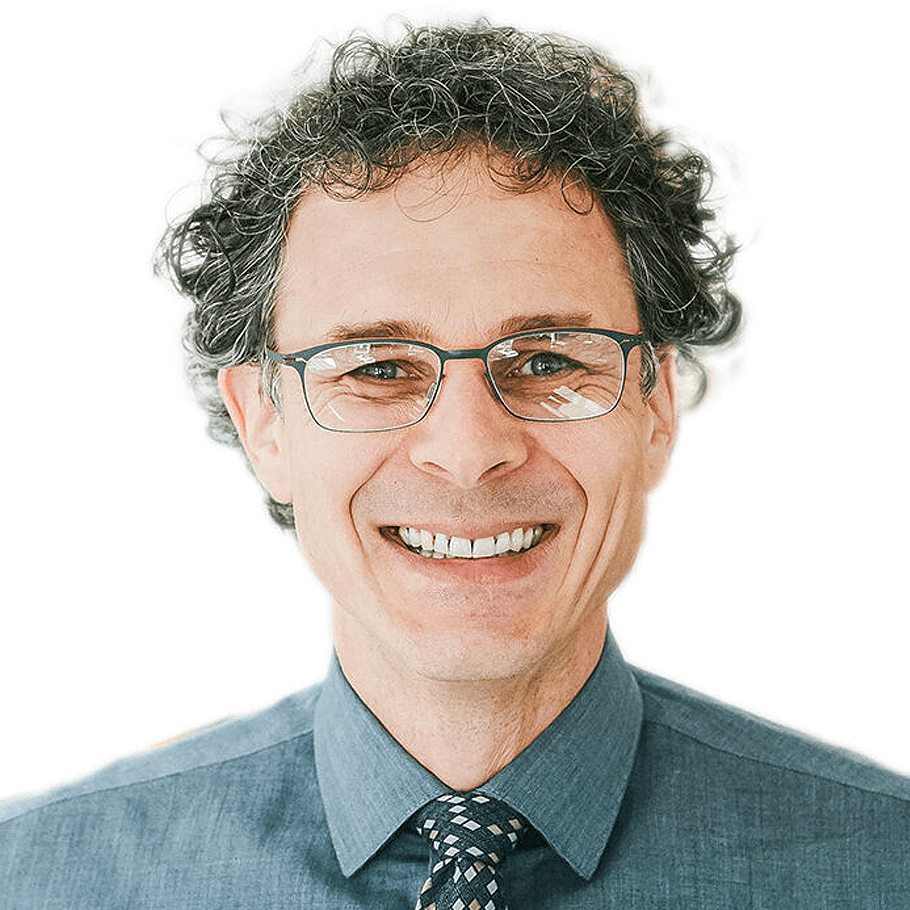Research Team


Dr. Ajla Aksamija is a Professor at the School of Architecture at the University of Utah. She is the Distinguished Chair for Resilient Places and directs Transforming Places, Practices and Pedagogies Collaborative (TP3C) research entity. She served as the Chair of the School of Architecture. Her interdisciplinary research expertise includes building science and sustainability, emerging building technologies, digital design and representations, and innovations in architecture. Her professional background includes Perkins&Will, where she directed Building Technology Laboratory (“Tech Lab”), one of the first practice-driven architectural research laboratories, as well as U.S. Army Corps of Engineers Construction Engineering Research Laboratory. Dr. Aksamija authored three books, Research Methods for the Architectural Profession (Routledge, 2021), Integrating Innovation in Architecture: Design, Methods and Technology for Progressive Practice and Research (John Wiley & Sons, 2016), and Sustainable Facades: Design Methods for High-Performance Building Envelopes (John Wiley & Sons, 2013). She has contributed to several other books, and published more than a hundred research publications. She has held many service roles within the academic and professional organizations, including regional, national and international entities. Her courses have received national recognition, and she is the recipient of several teaching awards, most notably by the Architecture 2030 organization for her innovative teaching methods on high-performance and sustainable design.


Timothy Adekunle holds a Ph.D. in Architecture with a specialization in sustainable architecture from the University of Kent, UK. He also holds a professional postgraduate degree in higher education (PGCHE) from the University of Kent. He is a Fellow of the UK Higher Education Academy (now, Advance Higher Education - HE) and a member of the Chartered Institute of Building (CIOB). Dr. Adekunle has published several peer-reviewed articles in highly preferred journals such as Building and Environment, Building Research & Information, Building Engineering, Intelligent Building International, Sustainability, Energies, Smart and Sustainable Built Environment, Frontiers in Built Environment, etc. He co-edited a book titled “ICSDEMS 2019”, a collection of peer-reviewed chapters from the field of architecture, sustainable design, and engineering. Dr. Adekunle has presented at several international conferences and is a reviewer for many journals. He is also a reviewer for the National Science Foundation (NSF). Adekunle has served as an evaluator for the New England Higher Education Commission (NECHE). He serves on the Editorial Board of TAD (Technology | Architecture + Design) Journal. He also serves on the Association of Collegiate Schools of Architecture (ACSA) Research & Scholarship Committee. Prior to joining the University of Utah, Dr. Adekunle was an Associate Professor at the University of Hartford. His teaching and research interests include architectural design, sustainable architecture, integrated building technology, building performance, post-occupancy evaluation, materials, building and environmental systems integration, energy, and thermal comfort.


Suncica (Sunny) Milosevic has 10 years of experience working in large- and small-scale architectural design firms in Chicago (Solomon Cordwell Buenz, Adrian Smith + Gordon Gill, Hirsch MPG, and Perkins and Will), where she worked on numerous typologies of both new construction and retrofit buildings, including mixed-use/residential high rises, hospitality, k-12 / high education, and senior housing facilities. She is currently working on her PhD. Her research focuses on sustainable and energy-efficient retrofits of historically significant existing buildings. Her passion for academia stems from her interests in researching methods that can contribute to continued and sustainable function and resilience of neglected, yet historically significant buildings and urban plans. She specifically focuses on different typologies of Brutalist style buildings and urban centers of the former Yugoslavia that are neglected and under threat of unregulated degradation or demolition due to their rapid privatization and disassociation with the former, yet deeply embedded socialist ideology in their design and organization.


James Schultz is a Master of Architecture candidate, working on design of energy-efficient buildings/urban areas and sustainable retrofits.
Advisory Board


Dr. Mahsa Farid Mohajer is a Sustainable Building Analyst at Stantec. She is driven by the belief that the built environment can and should coexist harmoniously with nature. With a deep concern for the environment and a desire to make a positive impact on the way buildings are constructed and used, she was inspired to become a sustainable building analyst. In her role, Dr. Farid Mohajer believes that sustainable practices are essential for a greener and healthier future for communities. Bringing her passion for finding innovative solutions to reduce the environmental footprint of the built environment, she assesses and promotes environmentally responsible and energy-efficient building practices. In her professional work, Dr. Farid Mohajer collaborates with architects, engineers, and contractors to implement green building strategies. Staying current on the latest sustainability trends, technologies, and regulations, she communicates her findings and recommendations to clients and stakeholders.


David Green is a Master Planning Urban Design Leader and Principal based in Arup’s New York office. He has over thirty years of experience in large-scale planning and urban design projects, encompassing all types of development from individual buildings to national scale projects across the globe. David’s work focuses on sustainable planning and development in urban areas and the design and metrics that facilitate their success. He further addresses the regulatory framework within which this development occurs and provides innovative strategies for appropriate design and policy implementation.


Dr. Mic Patterson is the Ambassador of Innovation & Collaboration at the Facade Tectonics Institute. He is a designer, researcher, educator, futurist, author, photographer and entrepreneur. He has concentrated his professional and academic career on advanced facade technology and sustainable building practices. He pioneered the introduction of structural glass facade technology in the United States in the 1990s, implementing diverse and novel applications including cable trusses, cable nets and grid shells. Dr. Patterson was among the founding group of the Advanced Technology Studio of Enclos, where he worked as the Vice President of Strategic Development. He is a co-founder of the Facade Tectonics Institute.


Emir Tursic, AIA, LEED AP BD+C, NCARB is a Partner and Office Director for HKS Salt Lake City. He is one of the lead architects of Astra Tower. As the new tallest building in Utah, Astra Tower aspires to become a model of sustainable urban living with a focus on resilience, sustainability and wellness that will make an impact on a variety of scales. The project will maximize the indoor air quality for the residents , raise community awareness of outdoor air quality and set a unique example of environmental stewardship.


Mark Walsh, FAIA, LEED AP is the Global Director of Technical Design and Principal at Perkins&Will. Mark considers himself a “small-picture” designer who understands that the most accessible, innovative, and elegant projects only emerge from attention to the smallest details. That approach has influenced award-winning projects spanning healthcare, higher education, sports and recreation, mixed-use, and more. Mark is a founding member of Perkins&Will's Innovation Incubator, the micro-grant program supporting creative and experimental research projects, and for years has been dedicated to introducing Chicago high school students to the excitement of design careers.
